Today marks 30 years since irrepressible British businessman Richard Noble took back the world land speed record “for Britain”, driving his jet-powered Thrust 2 on Nevada’s Black Rock Desert at 633mph.
Since then, he has masterminded Andy Green’s supersonic record with Thrust SSC and now he and Green want to beat 1000mph in a new jet and rocket-powered car called Bloodhound in South Africa in 2015. Here, he explains how and why he keeps going.
How important is your Thrust 2 experience to the Bloodhound project?
It helps enormously. Thrust 2’s success created huge worldwide interest that created a new, three-way challenge between us, McLaren and the Americans that led to Andy Green taking the supersonic record in Thrust SSC and gave us an even bigger following. Our website became the fifth biggest in the world - bigger than all football and all motorsport. That encouraged us to proceed with Bloodhound.
How did your interest in breaking records start?
It was a childhood dream. I saw John Cobb’s boat, Crusader, break the water record on Loch Ness in 1952 and thought that would be a great thing to do. Years later, I built a car called Thrust 1, which was thoroughly dangerous. I sold it to a scrapyard for £175 and realised I was going to need some decent engineers to make this thing work. About then, I met a terrific engineer called John Ackroyd and we started Thrust 2, on that initial budget of £175.
How did it proceed?
We started Thrust 2 in 1979 and it was a tremendous financial battle. We built it on the Isle of Wight and, for a while, we were so poor we couldn’t afford a phone. John Ackroyd had to talk to our suppliers from a public phone box. It took six years to raise the money and build it. Along the way, we ran the car with no body, setting a British record that still stands. That wasn’t a bad effort: two runs averaging 248mph through a measured mile on a course only 1.9 miles long.
Then you went to Bonneville?
We went first in 1981 and got it all wrong. We tried running solid wheels on the salt and it hammered like hell. But we managed one 500mph run and that showed the car’s potential. Then it rained. Back home, we had tremendous trouble with the City of London. I’d basically insured the desert against rain - and they were refusing to pay out. They gave in just as we were about to tell the world about our problems in a press conference and the £75,000 cheque kept us going.

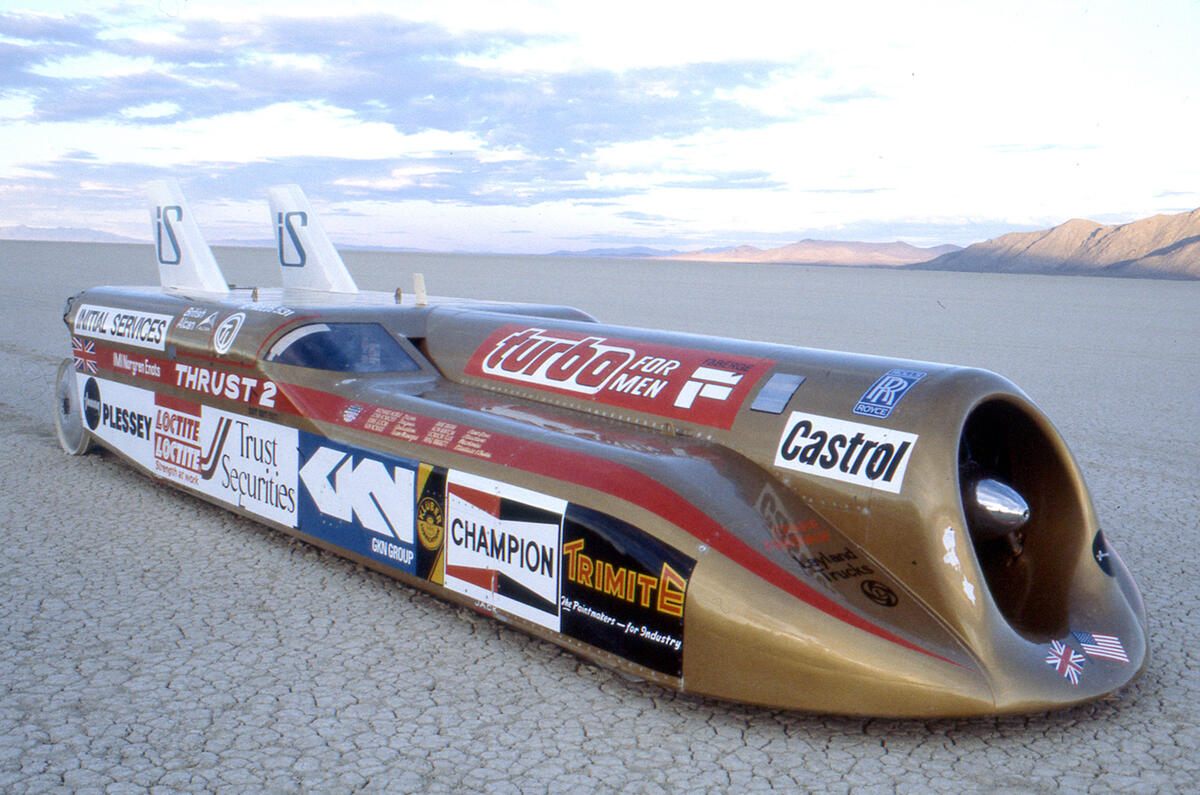

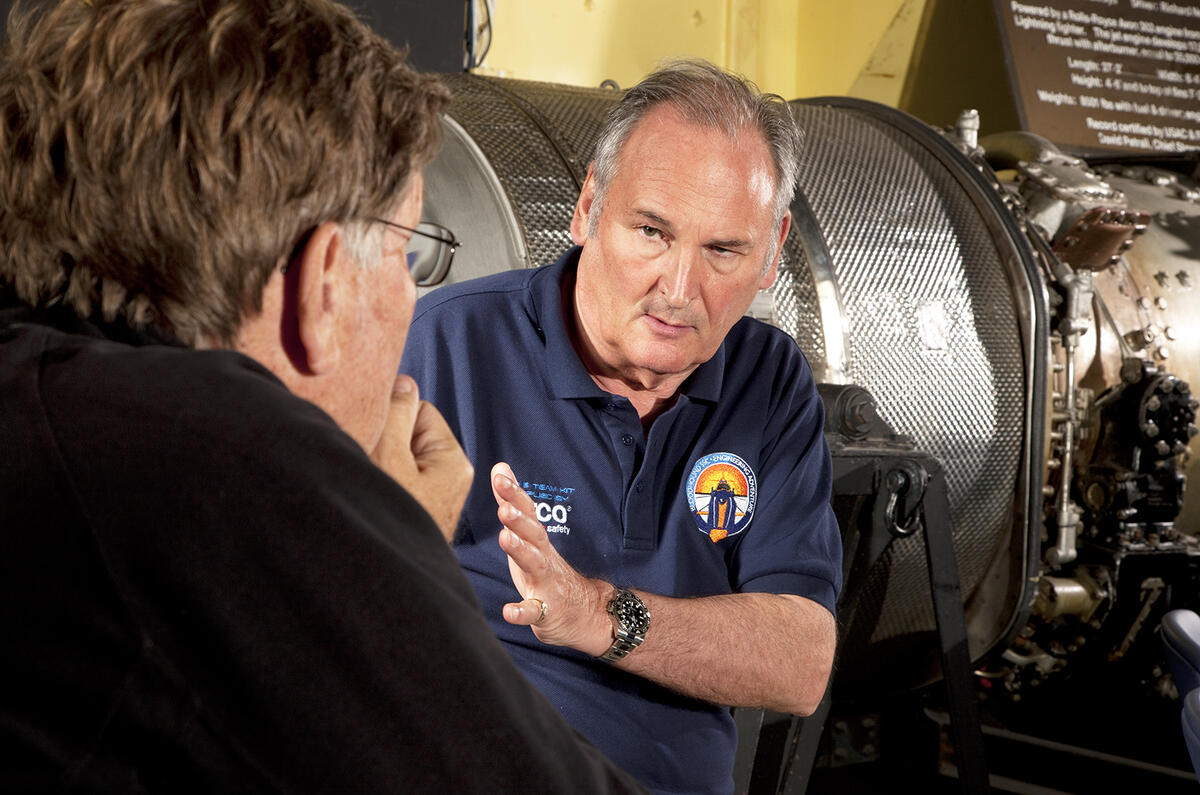
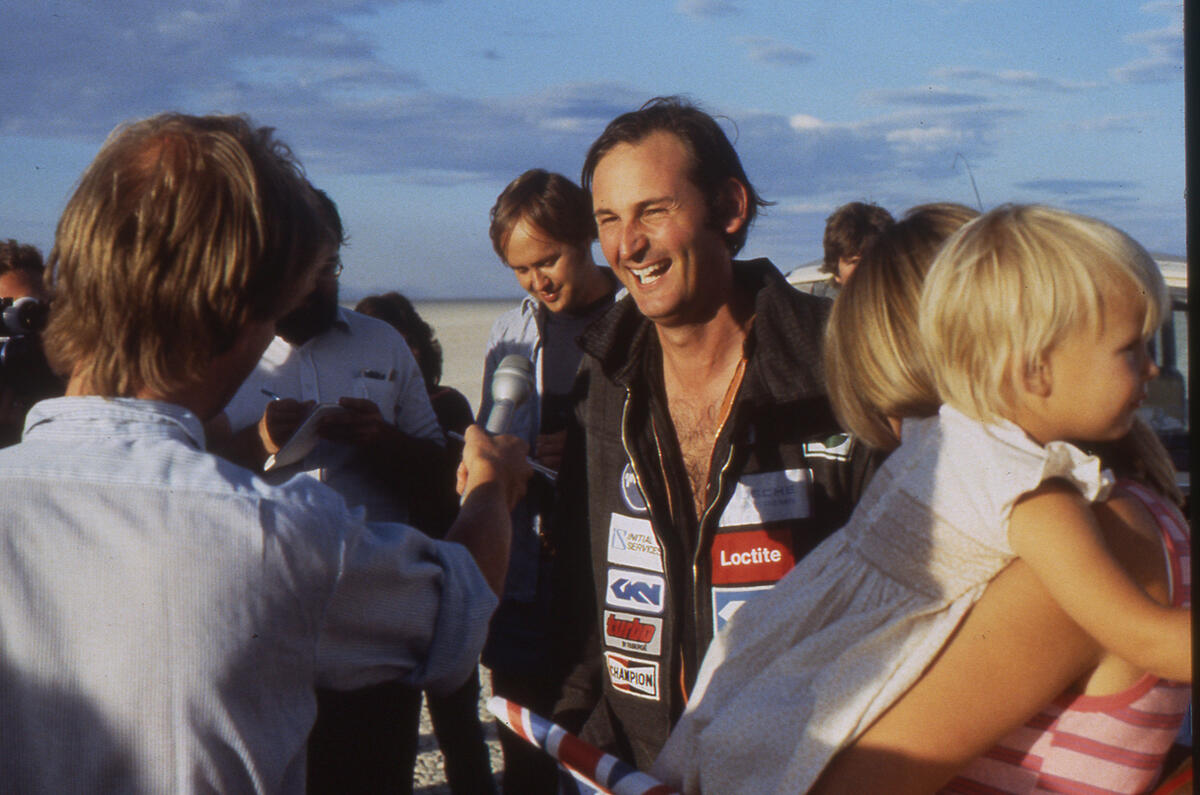
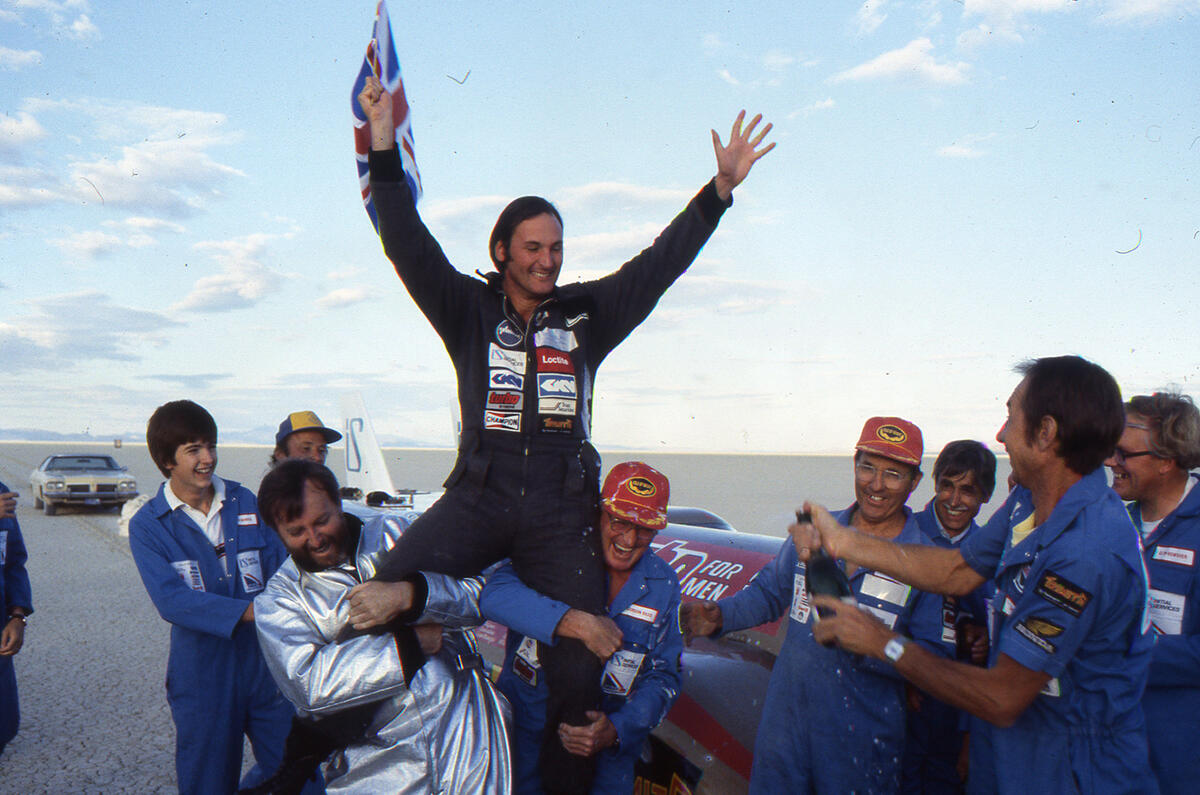

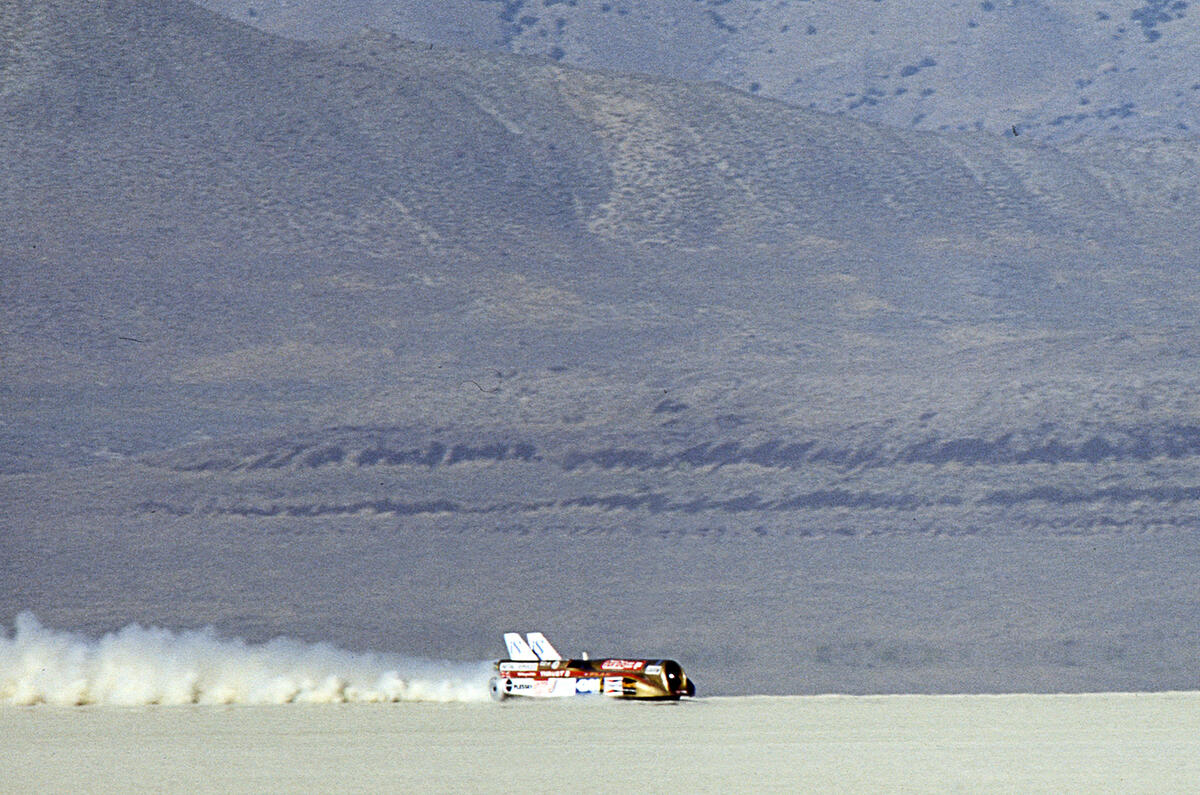
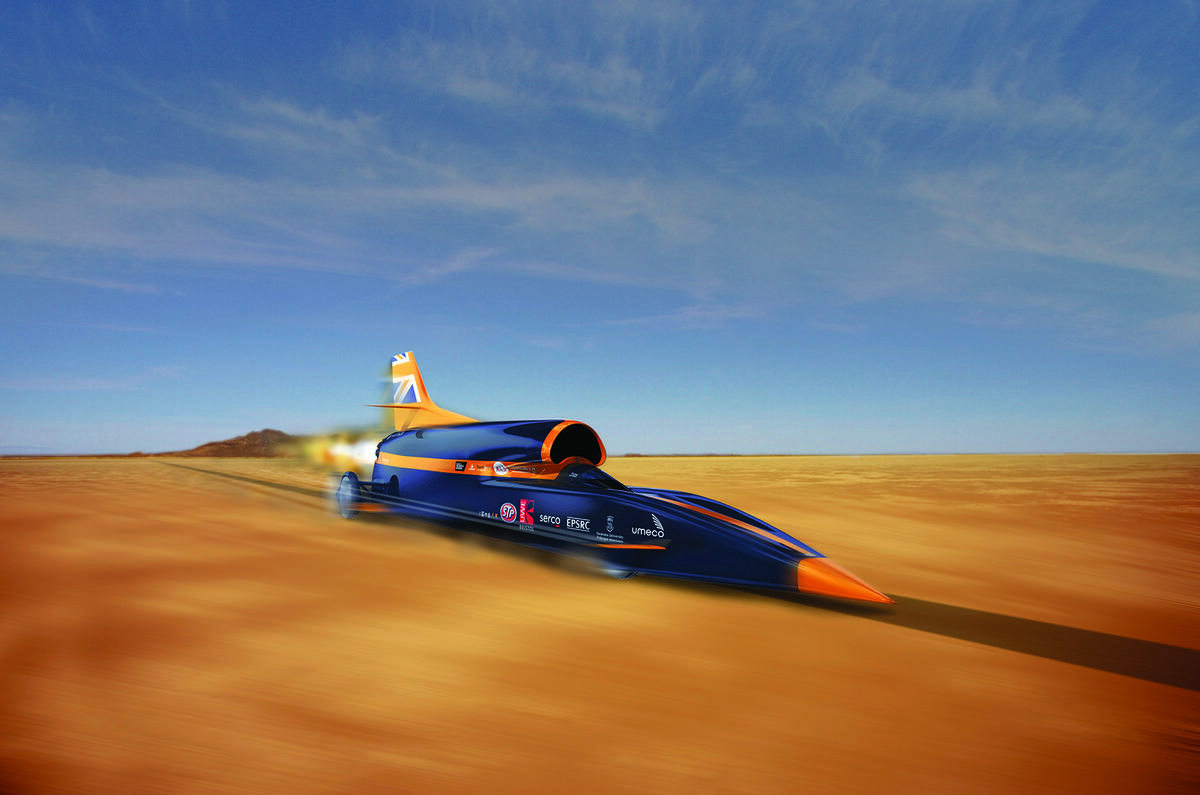

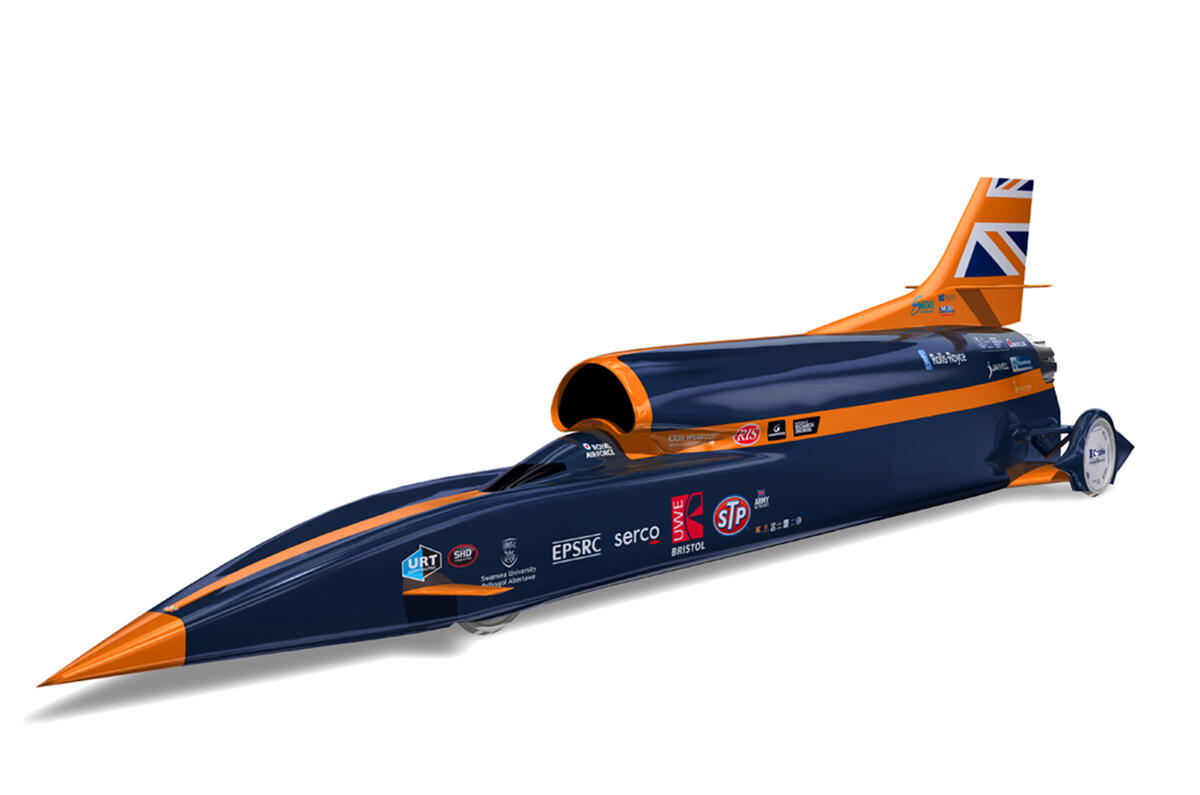
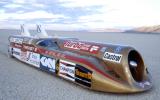
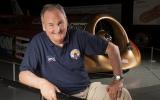
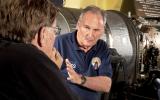

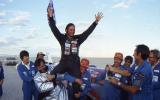
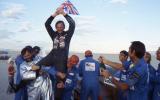
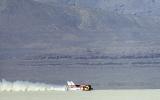
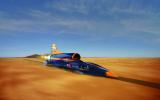
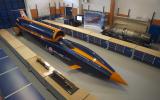
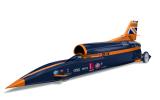







Join the debate
Add your comment
-
I was 6 when Thrust 2 broke the record, I remember watching the grainy footage on Newsround!
I've always been in interested in LSR attempts, the madness of it, but I'm not sure how much relevance they actually have other than the glory. Perhaps the engineering interest generated by Bloodhound justifies it somewhat.
However, the high point for me has a be a lecture I attended given by Ron Ayers. He visited our university in 1998 and gave us full chapter and verse on Thrust SSC. That was inspiring stuff.
Massive respect
Having sat in the Thrust 2 simulator at Coventry Motor Museum a few years ago ( Entry free of charge and well worth a visit if still open) I have the utmost respect for Richard Noble. As to why I was holding my breath and concentrating so hard can only be down to the credibility of the simulator and the respect for the skills required to stay calm at 600+mph as your vehicle starts to drift!
British understatement: alive and well ...
... "between 300 mph and about 550 mph it's a bit boring". Yeah Richard, I can imagine - surprised you didn't nod off!